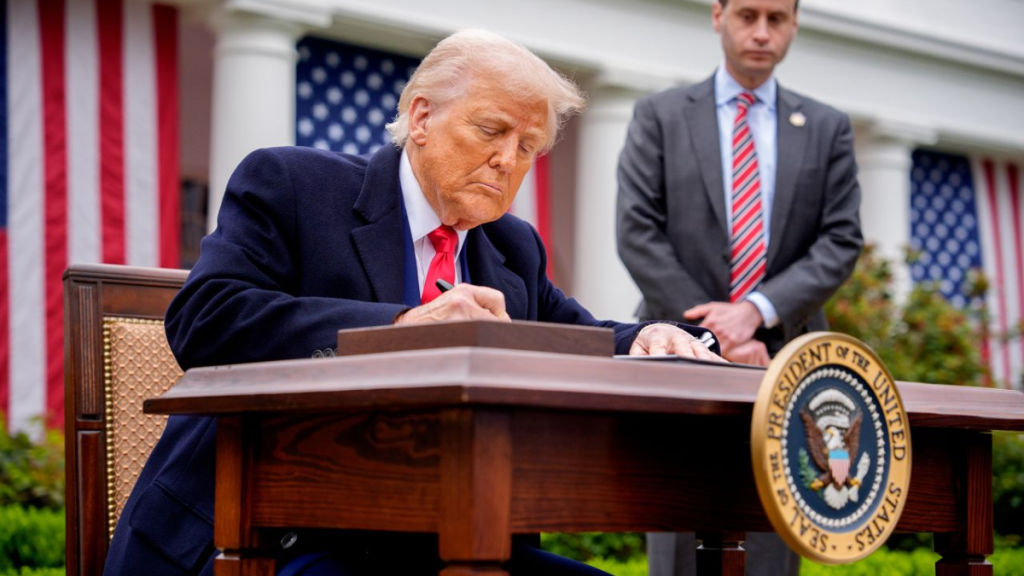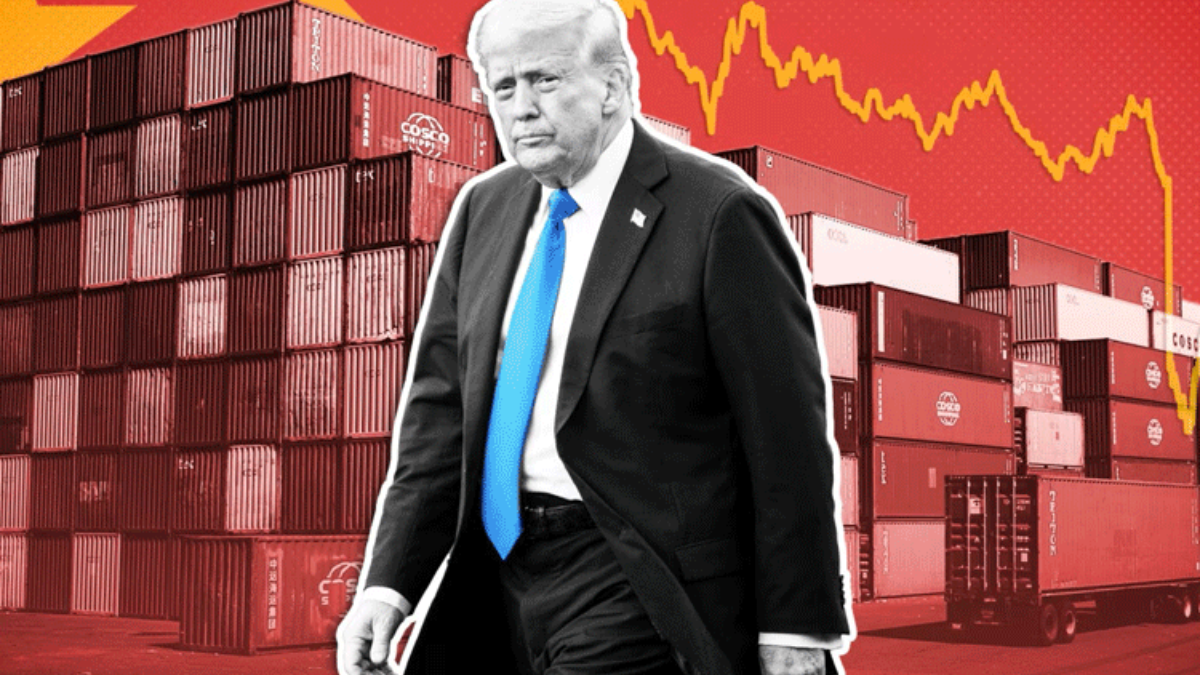Donald Trump’s use of tariffs as a tool for international negotiation raised eyebrows throughout his presidency. While many viewed his actions as reckless and unpredictable, others suggested a deeper logic: the application of the “madman theory.”
A Cold War-era strategy made famous by President Richard Nixon, the madman theory seeks to present a leader as irrational or volatile to gain an upper hand in negotiations.
Trump’s self-styled reputation as an unconventional dealmaker gave new life to this strategy—particularly in his trade war with China and threats toward allies like South Korea and the European Union.
But while the theatrics may have generated headlines, the long-term costs of Trump’s tariff approach have rippled through the American economy, exposing significant flaws in the madman gambit.
Understanding the Madman Theory
The madman theory originated with scholars like Daniel Ellsberg and Nobel Laureate Thomas Schelling during the Cold War. The central idea: when a leader seems irrational enough to take extreme measures, adversaries may back down out of fear that he will follow through.
Nixon explicitly used this tactic during the Vietnam War, telling his staff he wanted the North Vietnamese to believe he was unstable enough to consider using nuclear weapons.
Trump embraced a similar philosophy. Reports indicate that during trade talks with South Korea, Trump told his U.S. Trade Representative not to give a deadline for negotiations but to portray him as “crazy” enough to pull out at any moment.
His tariffs on China, Europe, and even close allies followed this model of shock diplomacy.
The Economic Fallout of Trump’s Tariffs
While the madman theory may have a degree of strategic logic, applying it to global economics—particularly through tariff wars—has proven costly.
1. Higher Prices for American Consumers
Tariffs are essentially taxes on imported goods. When Trump imposed tariffs on Chinese steel, aluminum, and consumer goods, it didn’t hurt China alone. American businesses and consumers shouldered much of the cost, as they had to pay more for everyday products, from electronics to washing machines.
A report by the Federal Reserve Bank of New York found that U.S. consumers bore over 90% of the increased costs from Trump-era tariffs. This directly contradicted Trump’s repeated claims that China was paying the price.
2. Retaliatory Tariffs Hurt U.S. Exporters
Nations targeted by Trump’s tariffs—especially China—fired back with retaliatory tariffs. These countermeasures devastated key U.S. industries like agriculture.
American farmers lost billions in revenue due to lost access to international markets, prompting the Trump administration to offer $28 billion in bailout subsidies, an unusual step in peacetime economic policy.
3. Supply Chain Disruptions
Trump’s tariff strategy also shook global supply chains. Businesses that relied on materials and parts from foreign suppliers faced delays and uncertainty, leading to increased production costs and job losses in sectors like manufacturing and automotive.

Strategic Miscalculations
The central flaw in Trump’s use of the madman strategy for tariffs lies in the credibility of threats. While such tactics may intimidate political rivals in isolated negotiations, tariff policy affects millions—not just government officials.
Businesses, trade partners, and allies must respond not only to threats but to actual disruptions in economic stability.
Moreover, Trump’s style lacked the institutional discipline that historically supports madman theory. Nixon’s foreign policy team operated in a structured Cold War environment with consistent backchannel communications.
Trump, on the other hand, often made impulsive tariff announcements via Twitter, causing confusion among allies and undermining long-term trust in U.S. economic policy.
Long-Term Damage to U.S. Global Reputation
The use of tariffs in this unpredictable manner also eroded America’s standing as a reliable economic partner. Allies became cautious, fearing sudden policy reversals.
The U.S. withdrawal from the Trans-Pacific Partnership (TPP), combined with erratic trade threats, opened the door for China and the European Union to strike new trade deals without U.S. involvement.
Furthermore, experts warn that frequent use of tariffs as political leverage may embolden other nations to adopt protectionist policies, weakening the global rules-based trade order that the U.S. helped build after World War II.
Conclusion: A High-Stakes Gamble With Mixed Results
Trump’s adoption of the madman theory in international trade reveals a fascinating but flawed experiment in economic statecraft.
While it may have extracted short-term concessions—such as minor changes to NAFTA (renamed USMCA)—the overall strategy inflicted significant economic pain on American households, farmers, and businesses.
By leveraging unpredictability as a negotiation tool, Trump did indeed shift global conversations on trade. However, the hidden costs of instability, consumer inflation, and reputational decline suggest that chaos may not be the best bargaining chip in the modern global economy.
As the U.S. repositions itself under future administrations, rebuilding trust in international markets may require not just undoing tariffs—but restoring the image of a rational, stable partner.
For more detailed analysis on U.S. trade policy, visit the U.S. Trade Representative’s Office.
Disclaimer – Our team has carefully fact-checked this article to make sure it’s accurate and free from any misinformation. We’re dedicated to keeping our content honest and reliable for our readers.
